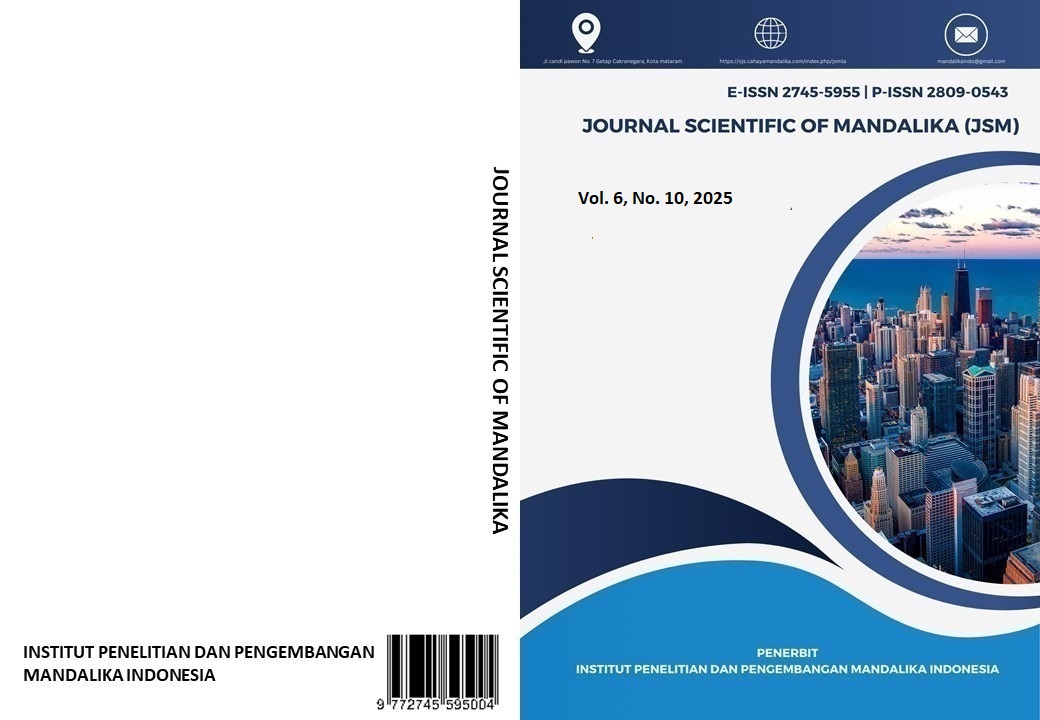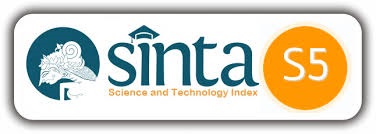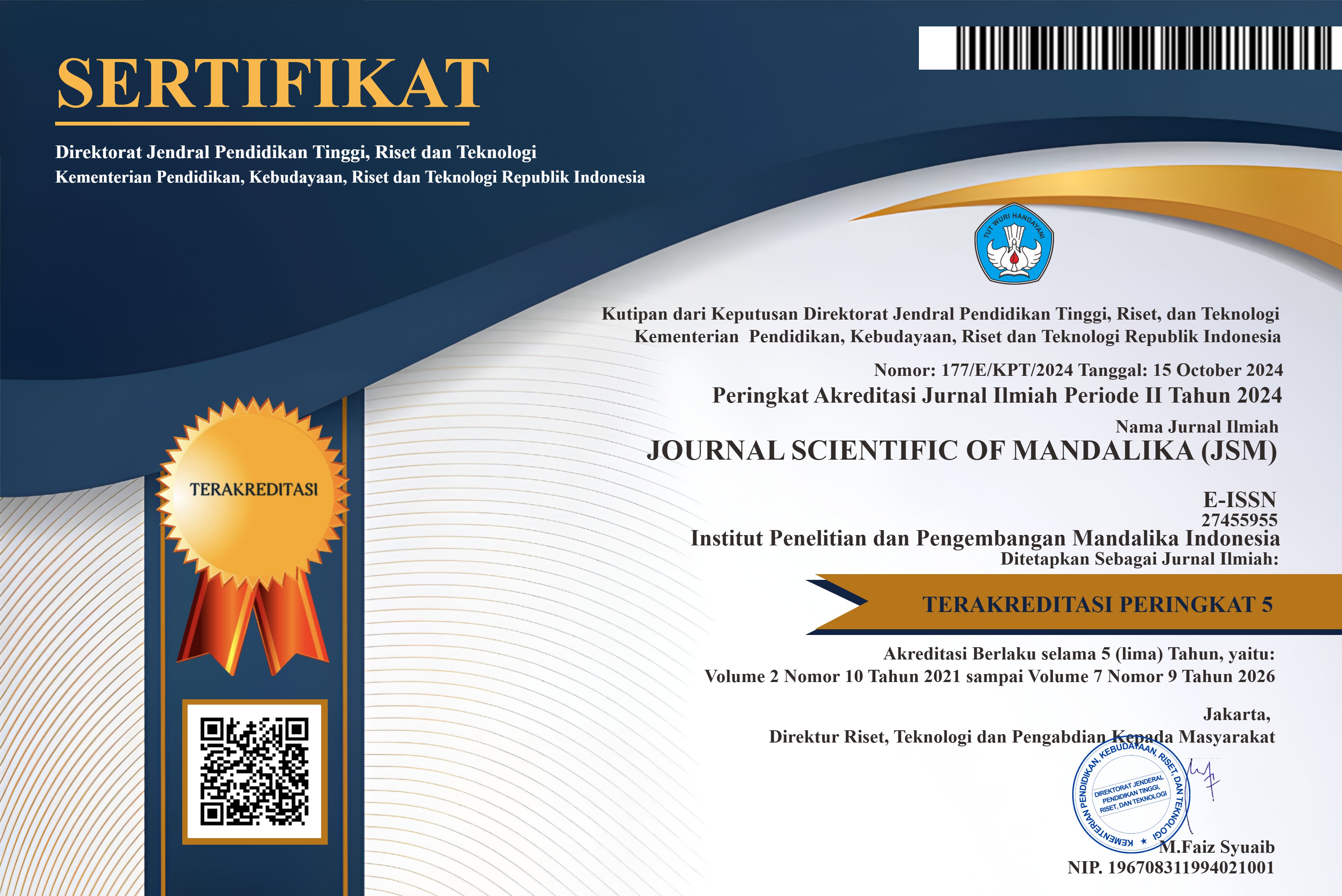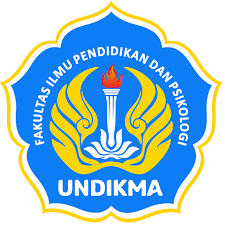Bagaimana Media Sosial Membentuk Minat Kunjungan Wisatawan: Peran Mediasi Persepsi Kognitif Dan Keterikatan Emosional Dalam Pariwisata Digital The Lodge Maribaya
Abstract
In the era of digital tourism, a lack of in-depth understanding of the psychological mechanisms of how social media shapes tourist interest poses a strategic challenge for tourism destination development. Most previous studies have been descriptive in nature without testing the causal relationships and mediating mechanisms underlying the tourist decision-making process. The phenomenon of “Instagramable destinations” has transformed the tourism marketing paradigm, but theoretical understanding of the cognitive and affective pathways linking social media exposure with behavioral intention remains limited. This study aims to analyze the influence of social media on tourist visitation interest through the mediation of cognitive perception and emotional attachment to the destination The Lodge Maribaya, Lembang. Specifically, specific, this study tests the dual-process mechanism in the context of digital tourism. The study employs a quantitative approach with an explanatory research design. Data were collected from 100 active social media users who had been exposed to content related to The Lodge Maribaya using purposive sampling with criteria of being aged 17–45 years. The research instrument consists of a Likert scale questionnaire with 28 items adapted from the current theoretical framework. Data analysis was conducted using Structural Equation Modeling (SEM) with SPSS 28.0 and AMOS 27.0 to test validity, reliability, and mediation analysis. The results of the analysis indicate that social media exposure significantly influences cognitive perception (β = 0.678; p < 0.001) and emotional attachment (β = 0.591; p < 0.001). Both variables also positively influence tourist visit interest, with an R² contribution of 0.684. Mediation analysis revealed that cognitive perception and emotional attachment partially mediate the effect of social media exposure on visit interest, confirming the dual-process theory in digital tourism.
References
Astriecia, A., & Budiyono, N. R. (2020). Persepsi Wisatawan Terhadap Citra Kepariwisataan Di Kawasan Titik Nol Kilometer Yogyakarta Pasca Revitalisasi. Jurnal Destinasi Parwisata, 8(2), 329. https://doi.org/10.24843/JDEPAR.2020.v08.i02.p22
Asyraff, M. A., Hanafiah, M. H., Zain, N. A. M., & Hariani, D. (2024). Unboxing The Paradox Of Social Media User-Generated Content (UGC) Information Qualities And Tourist Behaviour: Moderating Effect Of Perceived Travel Risk. Journal of Hospitality and Tourism Insights, 7(4), 1809–1830. https://doi.org/10.1108/JHTI-02-2023-0072
Buhalis, R., & Law, D. (2008). Progress in Information Technology and Tourism Management: 20 Years on and 10 Years After the Internet—The State of eTourism Research. Tourism Management, 29(4), 609–623.
Dolan, J., Fahy, J., Goodman, S., & Conduit, R. (2016). Social Media Engagement Behaviour: a Uses and Gratifications Perspective. Journal of Strategic Marketing, 24(3–4), 261–277.
Faiqoh, A. M., Augustinah, F., & Listyawati, L. (2025). Understanding How Sensory and Digital Marketing Influence Visitors’ Emotional Attachment: A Case Study of Doudo Educational Tourism Village. International Journal of Multidisciplinary Approach Research and Science, 3(01), 196–216. https://doi.org/10.59653/ijmars.v3i01.1373
González-Fernández, C., López-Vázquez, B., & Rodríguez-Santos, M. (2024). Authentic Experiences And Place Attachment In Heritage Tourism: The Role of Emotional Connection And Memorable Experiences. Journal of Heritage Tourism, 19(2), 156–174. https://doi.org/10.1080/1743873X.2023.2298745
Gumpo, T., Maziriri, E., & Chuchu, C. (2020). The Impact of Social Media Influencers on Purchase Intention and The Mediation Effect of Customer Attitude. European Journal of Management and Marketing Studies, 5(1), 116–136.
He, D. J., & Timothy, Y. (2024). Digital transformation and authentic tourism experiences: Understanding the paradox of technology-mediated authenticity. Annals of Tourism Research, 104, 103672. https://doi.org/10.1016/j.annals.2023.103672
Hudson, K., & Thal, S. (2013). The impact of social media on the consumer decision process: Implications for tourism marketing. Journal of Travel & Tourism Marketing, 30(1–2), 156–160.
Jalilvand, N., & Samiei, M. (2012). The Impact of Electronic Word of Mouth on a Tourism Destination Choice: Testing the Theory of Planned Behavior (TPB). Internet Research: Electronic Networking Applications and Policy, 22. https://doi.org/10.1108/10662241211271563
Kim, J. J., & Fesenmaier, D. R. (2017). Tourism Experience and Tourism Design. Springer International Publishing, 17–29. https://doi.org/http://dx.doi.org/10.1007/978-3-319-42773-7_2
Marine-roig, E., & Anton, S. (2018). Tourism Analytics with Massive User-Generated Content : A Case Study of Barcelona. Journal of Destination Marketing & Management, July 2015, 1–11. https://doi.org/10.1016/j.jdmm.2015.06.004
Rachman, A., Yochanan, E., Samanlangi, A. I., & Purnomo, H. (2024). Metode Penelitian Kuantitatif, Kualitatif, Dan R & D. In B. Ismaya (Ed.), Sustainability (Switzerland) (1st ed., Vol. 11, Issue 1). Saba Jaya Publisher.
Reportal, D. (2023). Digital 2023: Indonesia. https://datareportal.com/reports/digital-2023-indonesia
Sánchez-Franco, S., & Rey-Tienda, M. (2024). Social media influence on tourist behavior: The mediating role of electronic word-of-mouth and destination image. International Journal of Information Management, 74, 102721. https://doi.org/10.1016/j.ijinfomgt.2023.102721
Silaban, H., Sembiring, R., & Siagian, P. (2022). The Influence of Social Media Marketing on Visit Intention: The Mediating Role of Destination Image and Perceived Value. Journal of Tourism and Hospitality Management, 10(3), 45–62.
Suryatini, N. W., Juniman, P. T., & Riesardhy, A. W. (2025). User-Generated Content : A Systematic Literature Review ( SLR ) Research. Jurnal Komunikasi Indonesia, 14(1). https://doi.org/https://doi.org/10.7454/jkmi.v14i11235
Tešin, L., Strukturelj, J., & Komidar, A. (2022). Instagram as a Tourism Marketing Tool: Exploring the Impact of Visual Content on Destination Image and Visit Intention. Tourism and Hospitality Management, 28(3), 567–589. https://doi.org/10.20867/thm.28.3.4
Zatori, M., Puczko, L., & Smith, A. (2018). Experience-Involvement, Memorability and Authenticity: The Service Provider’s Effect on Tourist Experience. Tourism Management, 67, 111–126.
Copyright (c) 2025 Radians Krisna Febriandy, Tiara Maulinda Habibah, Asep Gumilar Hidayat, Kresno Yulianto

This work is licensed under a Creative Commons Attribution-ShareAlike 4.0 International License.













